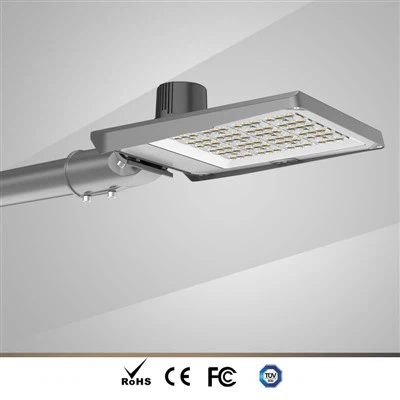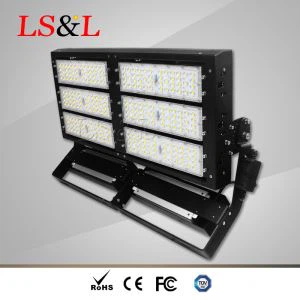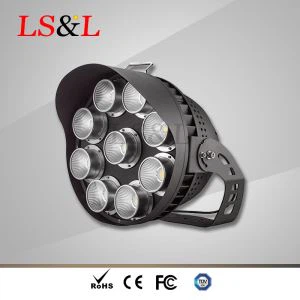1, Differences in Technical Characteristics
Wavelength range:
Visible light LED: Its wavelength range is roughly between 380nm and 780nm, and the light in this band can be directly perceived by the human eye, presenting various colors such as red, orange, yellow, green, cyan, blue, purple, etc. With the continuous advancement of technology, the luminous efficiency and color consistency of visible light LEDs have been significantly improved.
Infrared LED: Its wavelength range is usually between 780nm and 1mm, belonging to the invisible light band. Infrared radiation has strong penetration and thermal effects, but cannot be directly perceived by the human eye. Therefore, infrared LEDs rely more on sensors or detectors to receive and convert infrared light signals in their applications.
Electrical characteristics:
Forward voltage: The forward voltage of visible light LEDs is usually higher, while the forward voltage of infrared LEDs is relatively lower. This means that under the same driving conditions, the electrical energy conversion efficiency of infrared LEDs may be higher.
Rated current: Infrared LEDs have a high rated current, which allows them to operate stably at high currents without being easily damaged. In contrast, visible light LEDs have a lower rated current and require more precise current control to avoid overheating or damage.
Luminous characteristics:
Visible light LEDs can emit light in multiple colors, with bright colors and high saturation. This makes it widely used in fields such as full-color display and lighting sources.
Infrared LEDs focus on emitting infrared light, and their luminous intensity, angular distribution, and other characteristics depend more on specific application requirements. Due to the invisibility of infrared light, infrared LEDs focus more on signal transmission and reception in their applications.
2, Differences in application scenarios
Lighting field:
Visible light LEDs, as lighting sources, have been widely used in various fields such as homes, businesses, and industries. Its high brightness, high reliability, and low energy consumption make it an ideal substitute for traditional lighting sources.
Infrared LED has relatively few applications in the field of lighting, but it also has its unique advantages in certain special scenarios. For example, in devices such as night vision goggles and infrared cameras, infrared LEDs serve as supplementary light sources, providing sufficient infrared light to enhance image clarity and contrast.
In the field of communication:
The application of visible light LED in the field of communication mainly focuses on wireless optical communication. The wireless optical communication technology based on visible light LED has the advantages of no frequency band application and low cost, and is suitable for indoor short-range data transmission. In addition, visible light LEDs are also used to achieve wireless transmission and reception of mobile phone information, wireless audio signal transmission, and other functions.
The application of infrared LED in the field of communication is more extensive, especially playing an important role in remote control, telemetry, optical isolation, optical switch and other systems. Infrared LEDs transmit control commands or data information by emitting infrared light signals, which have the advantages of small size, low power consumption, and good directionality.
Security field:
The application of infrared LED in the field of security is particularly prominent. Due to the invisibility and strong penetration ability of infrared light, infrared LEDs are often used in devices such as infrared cameras and infrared thermal imagers to achieve night monitoring, target tracking, and other functions. In addition, infrared LEDs are widely used in security equipment such as smoke alarms and infrared curtains.
The application of visible light LED in the field of security is relatively limited, but it also has its application value in certain specific scenarios. For example, when playing surveillance footage or prompt information on an LED display screen, visible light LEDs can provide clearer and more intuitive visual effects.
3, Functional differences and complementarity
Although visible light LED and infrared LED have significant differences in technical characteristics and application scenarios, they also have certain complementarity in functionality. For example, in the field of wireless communication, visible light LEDs and infrared LEDs can be applied to different transmission distance and transmission rate requirements. Visible light LED is suitable for indoor short distance high-speed data transmission; Infrared LEDs, on the other hand, are more competitive in data transmission over long distances or in complex environments due to their strong penetration ability and lower cost advantages.
In addition, in the application scenario of combining lighting and security, visible light LED and infrared LED can also be used in conjunction with each other. For example, in smart home systems, by combining the lighting function of visible light LEDs with the security monitoring function of infrared LEDs, a more intelligent and secure home environment can be achieved.






